상위 카테고리

PCB 및 PCBA

전원 공급 장치 및 회로 보호

커넥터 및 액세서리
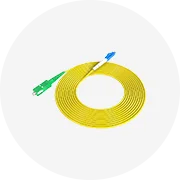
전자 통신

개발 시스템

전자 액세서리 및 공급장치

수동 부속품

아이솔레이터

오디오 부품 및 제품
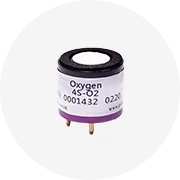
센서

디스플레이, 사이니지 및 광전자 공학

RF, 마이크로파 및 RFID

다이오드, 트랜지스터 및 사이리스터

무선 및 IoT

전원 공급 장치

릴레이
About products and suppliers
Alibaba.com은 214 scr440 스틸 상품을 제공합니다. 다양한 scr440 스틸 옵션을 선택할 수 있습니다. 예: astm, gb, jis. 벤딩, 용접, 펀칭 scr440 스틸 등을 선택할 수 있습니다. 탄소강, q235, 합금강 scr440 스틸 등도 선택할 수 있습니다.scr440 스틸 냉간 압연, 부드러운,블랙 표면등도 가능합니다.

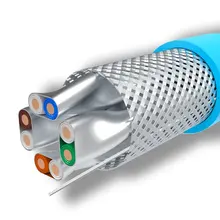

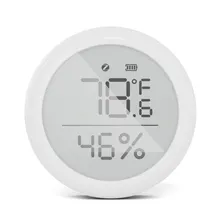

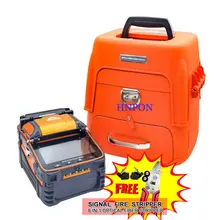





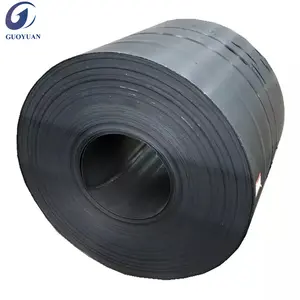

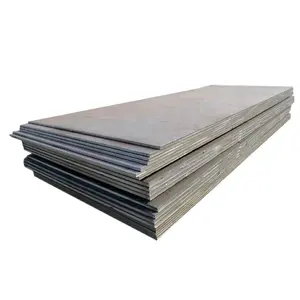
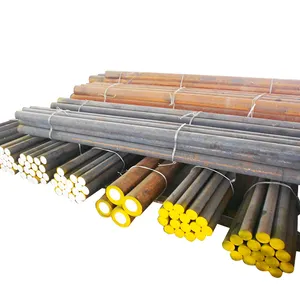
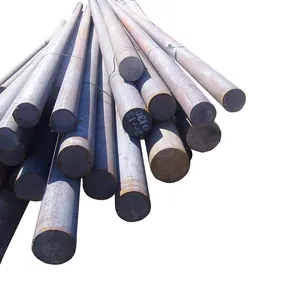








 浙公网安备 33010002000092号
浙公网安备 33010002000092号 浙B2-20120091-4
浙B2-20120091-4